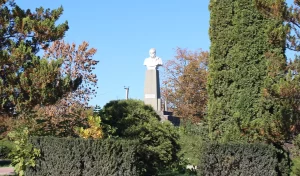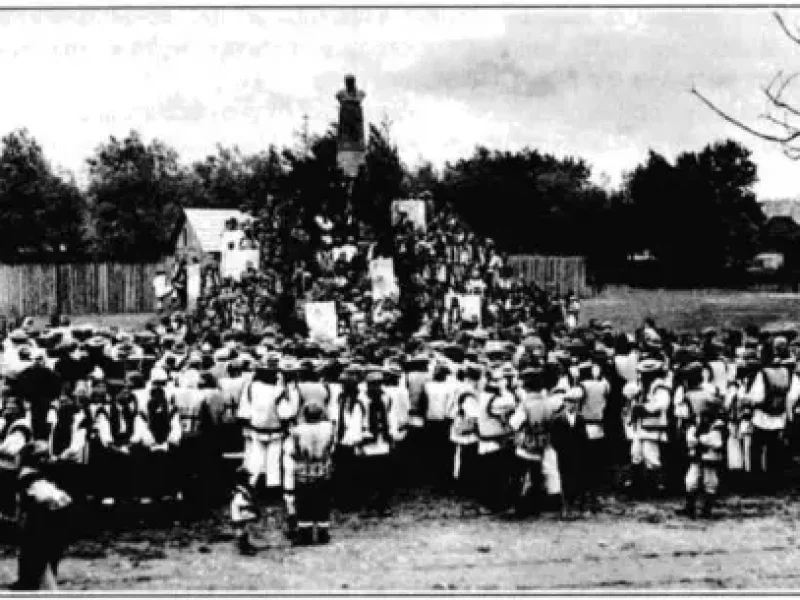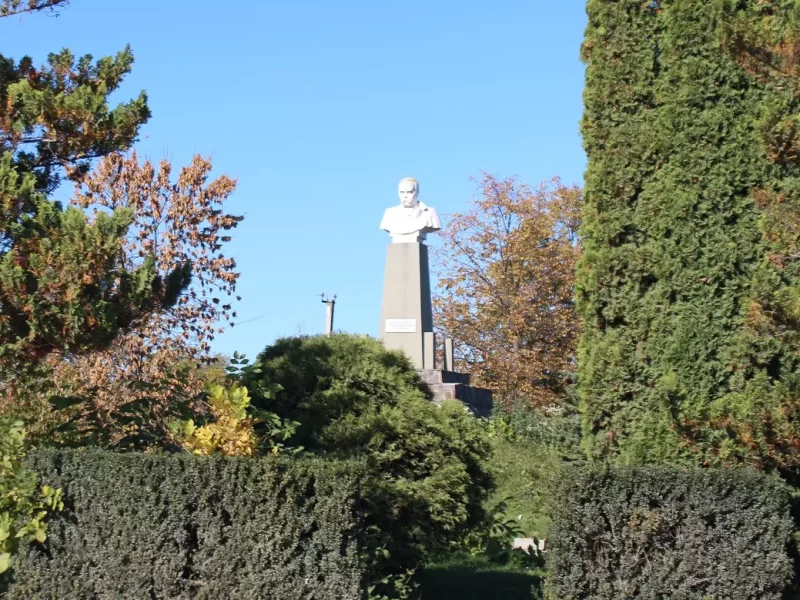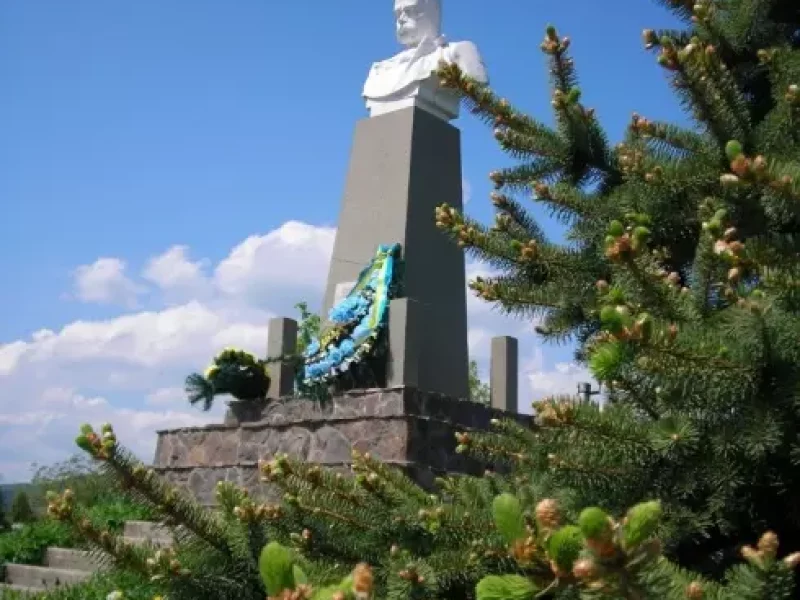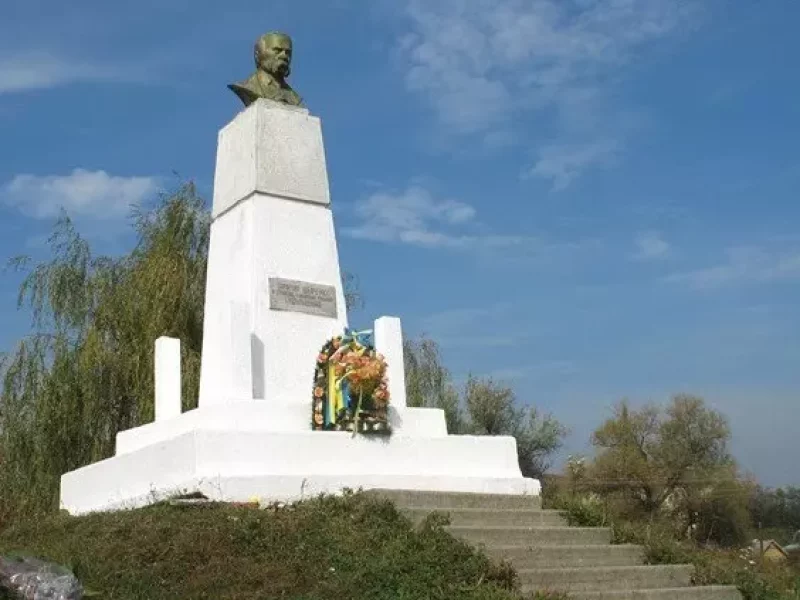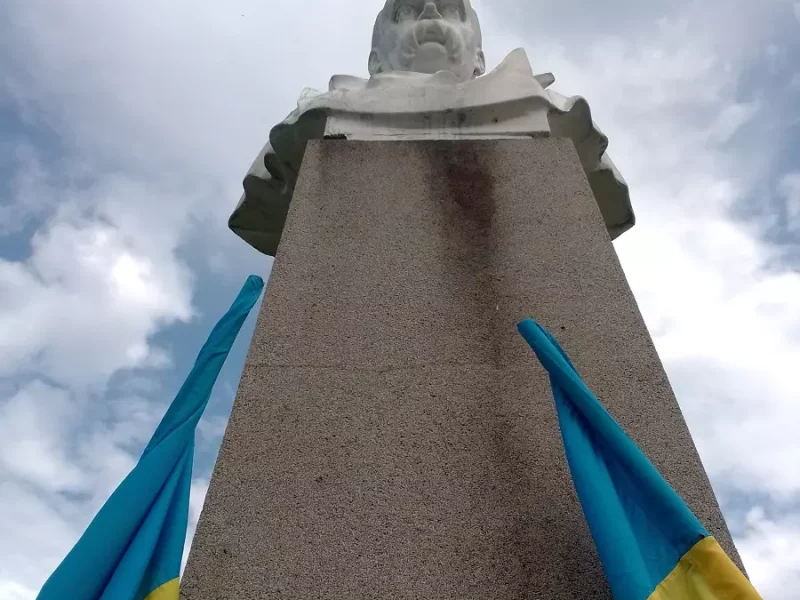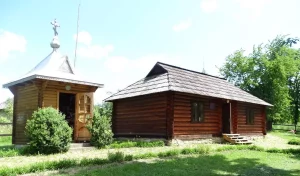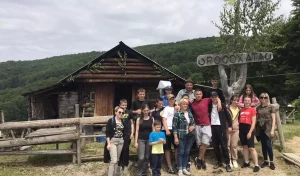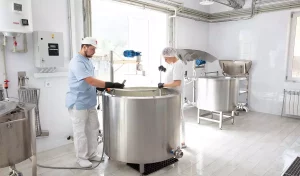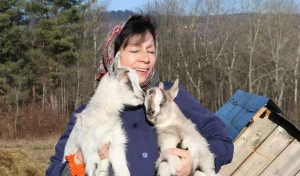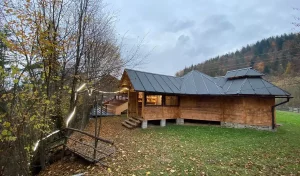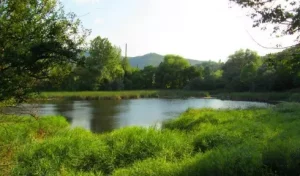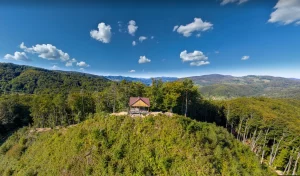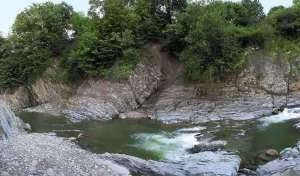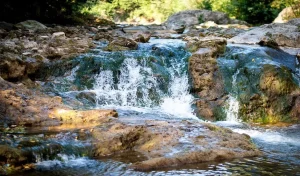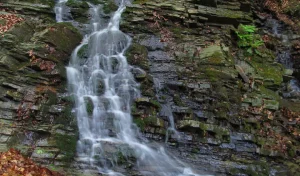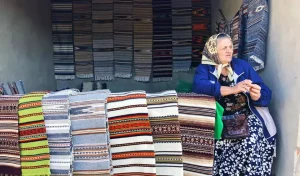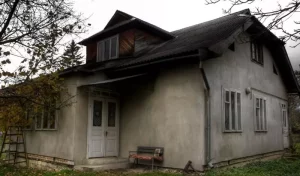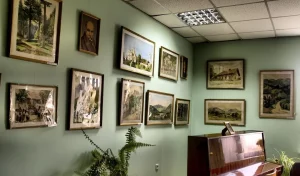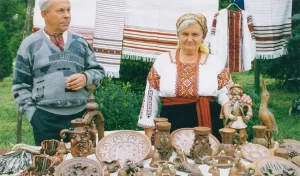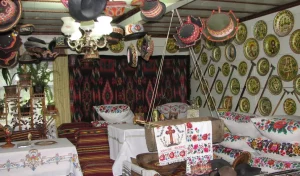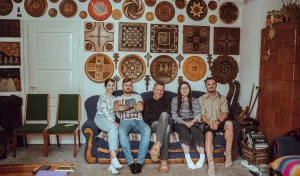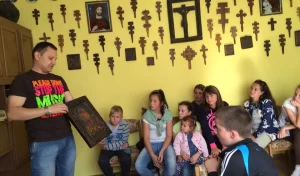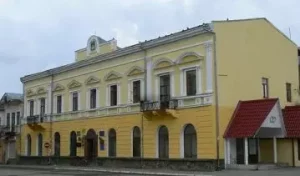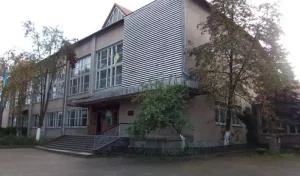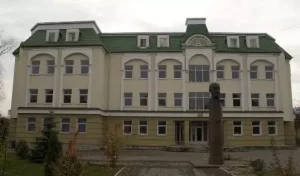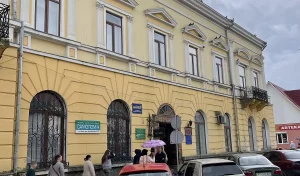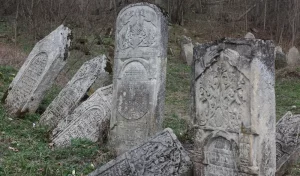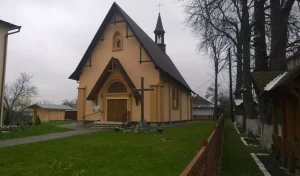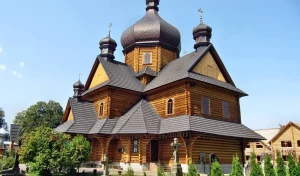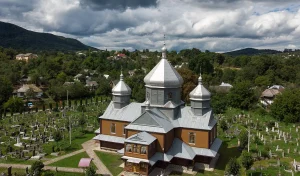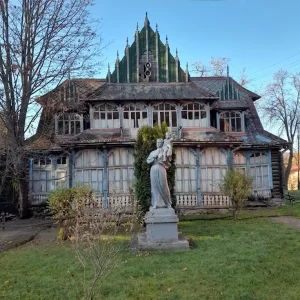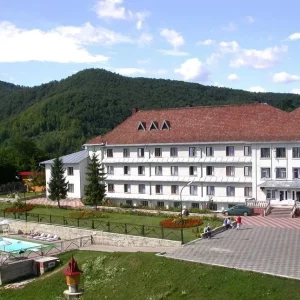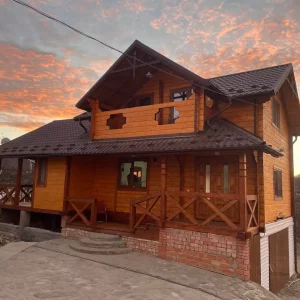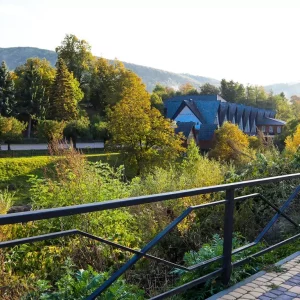The monument was erected by an organising committee headed by Petro Rodniak, a native of the Sambir district.
The monument itself was made by sculptor Mykhailo Havrylko (1882-1920), who was originally from Kozatski Khutory (nowadays the village of Havrylky in Poltava district, Poltava region). The pedestal for the monument was carved out of rock by local stonemason Mykola Yusypchuk.
The erection of the monument to Taras Shevchenko in Kosiv became a national affair. People from the outskirts of Kosiv brought whole cartloads of earth to fill the tall mound for the monument.
According to one version, the land for the monument was donated by Vasyl Devdiuk (1873-1951), the founder of the Kosiv school of Hutsul carving, and according to another, the patron was Austrian Ambassador to the Parliament Kostin Lepkaliuk, who was originally from Staryi Kosiv.
During the First World War, the monument to Taras Shevchenko in Kosiv was severely damaged. Subsequently, the Polish authorities obstructed its restoration. And after it was rebuilt in 1928 (by sculptor Andriy Koverko), the Poles hatched plans to destroy it. Only the cohesion of the community saved the monument. However, in 1939, retreating Polish troops deliberately damaged the bust. At first, the Soviet authorities secretly dismantled the bust and hid it in the basement of the then district library. However, Soviet leaders later restored the monument to improve their image among the population.
In 1990, the monument to Taras Shevchenko in Kosiv, which was in a state of disrepair, was renovated. The author of the new bust was an Australian citizen, Sviatoslav Dobrovolsky.
In the 2000s, the need to update the monument arose again. A new bust was commissioned by Lviv sculptor Petro Staier. The new bust of Taras Shevchenko turned out to be significantly different and larger than the previous ones. The solemn consecration and unveiling of the renovated sculpture took place on 27 October 2010.
The monument to Taras Shevchenko reflects the indomitable Ukrainian spirit and the ability of Ukrainians to rise from the worst of hardships like the Phoenix bird.
